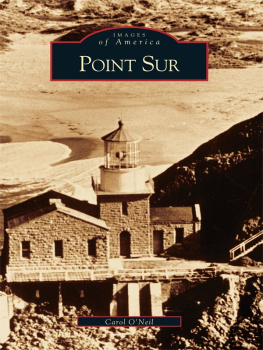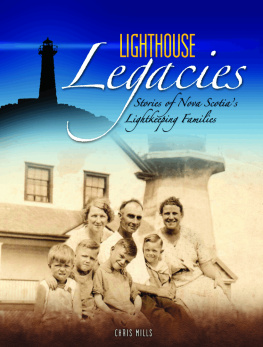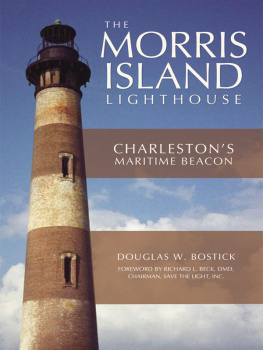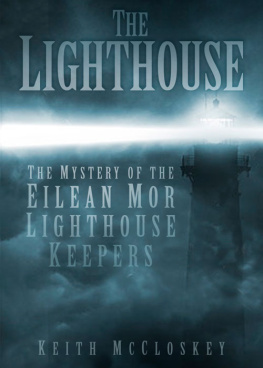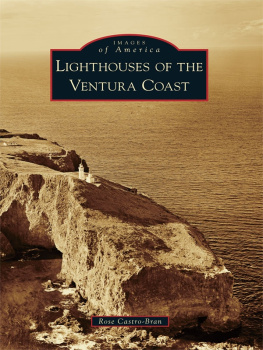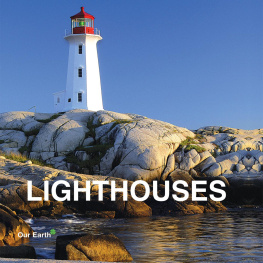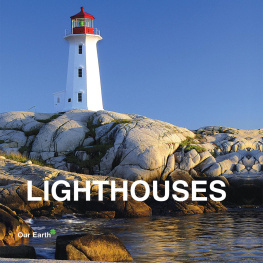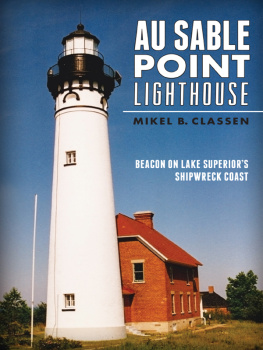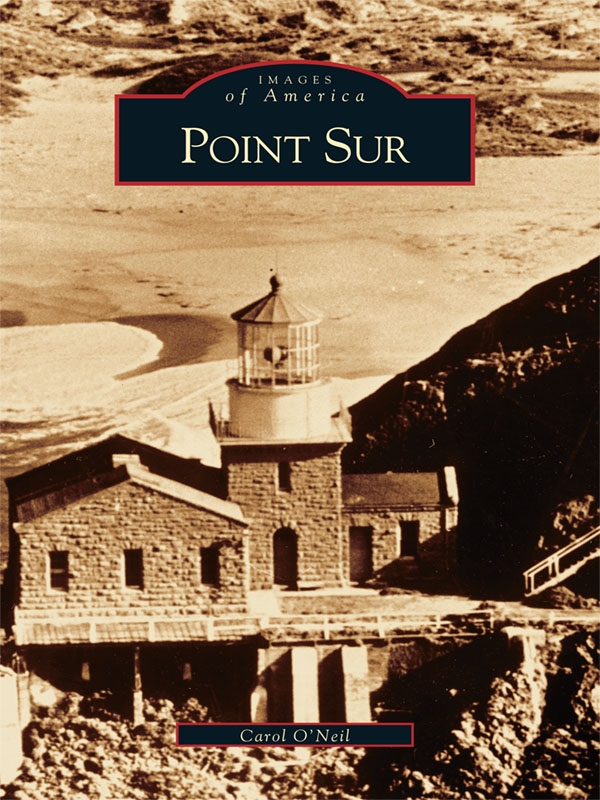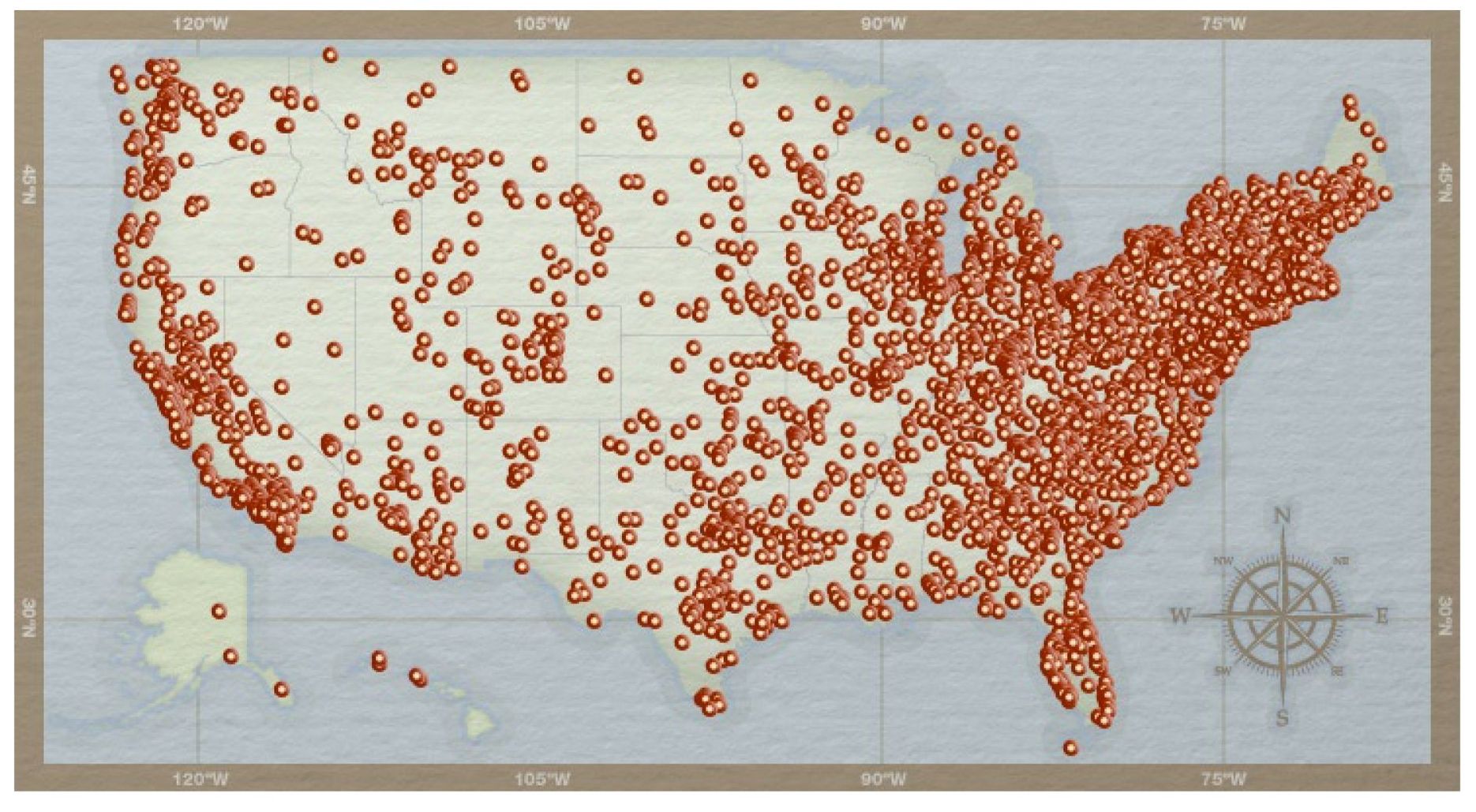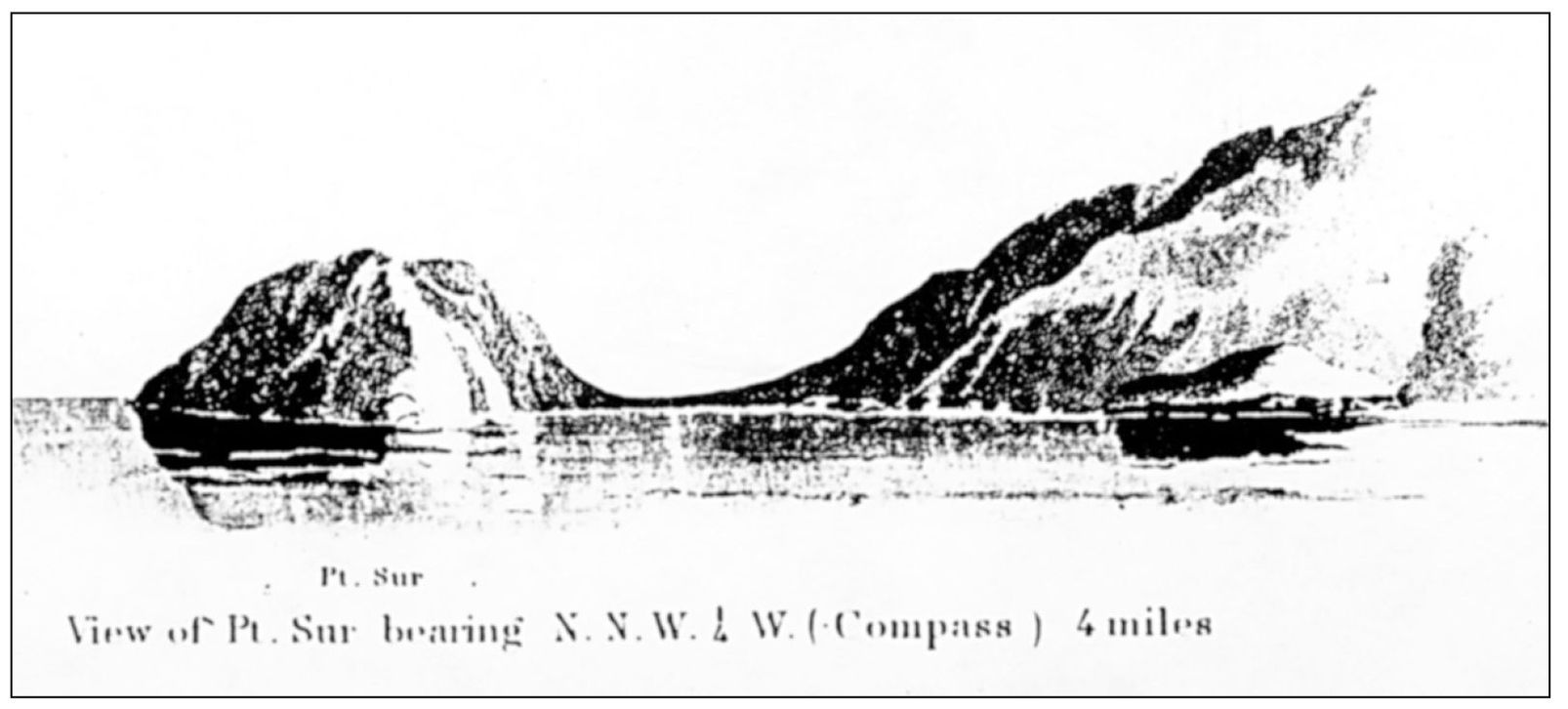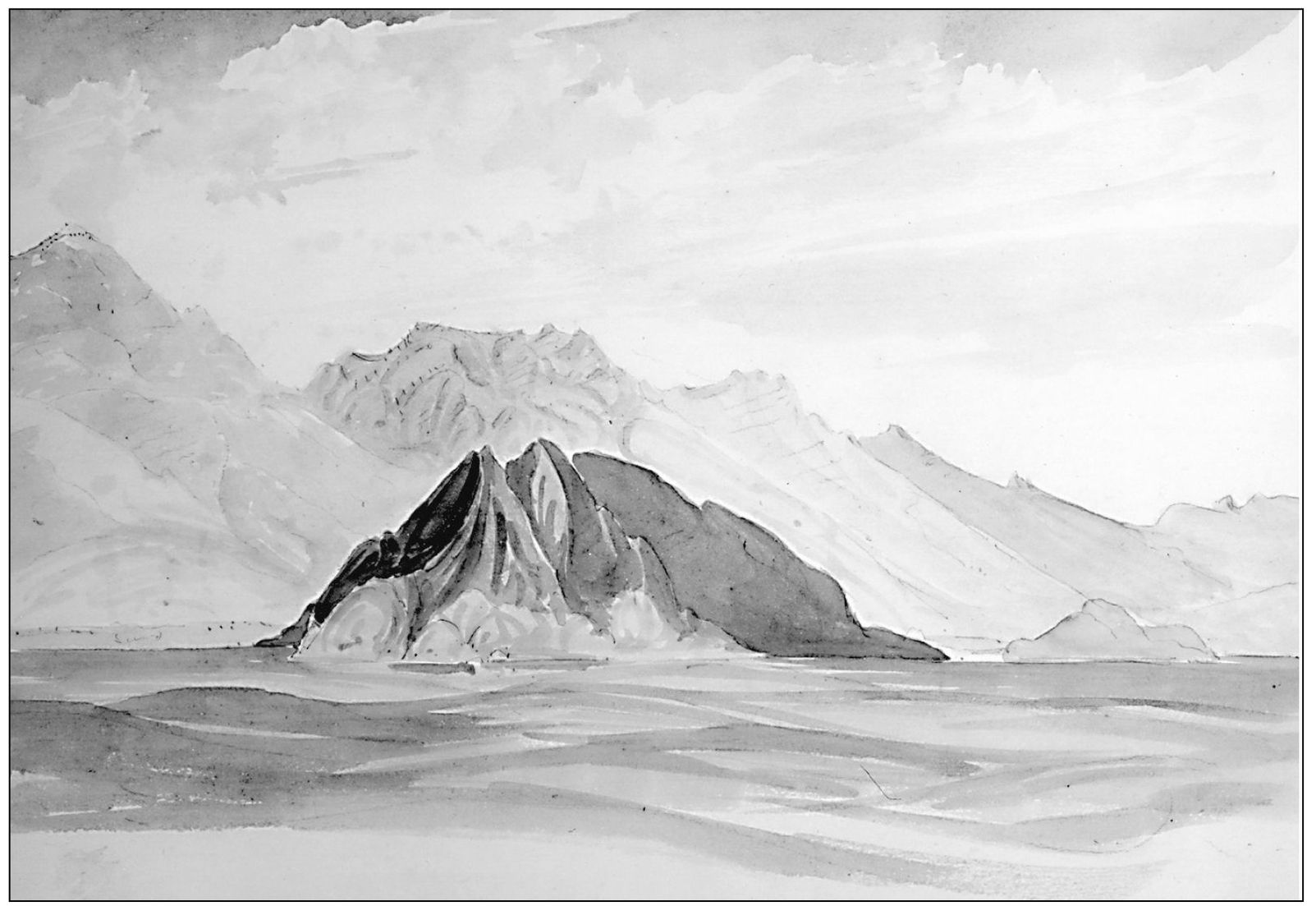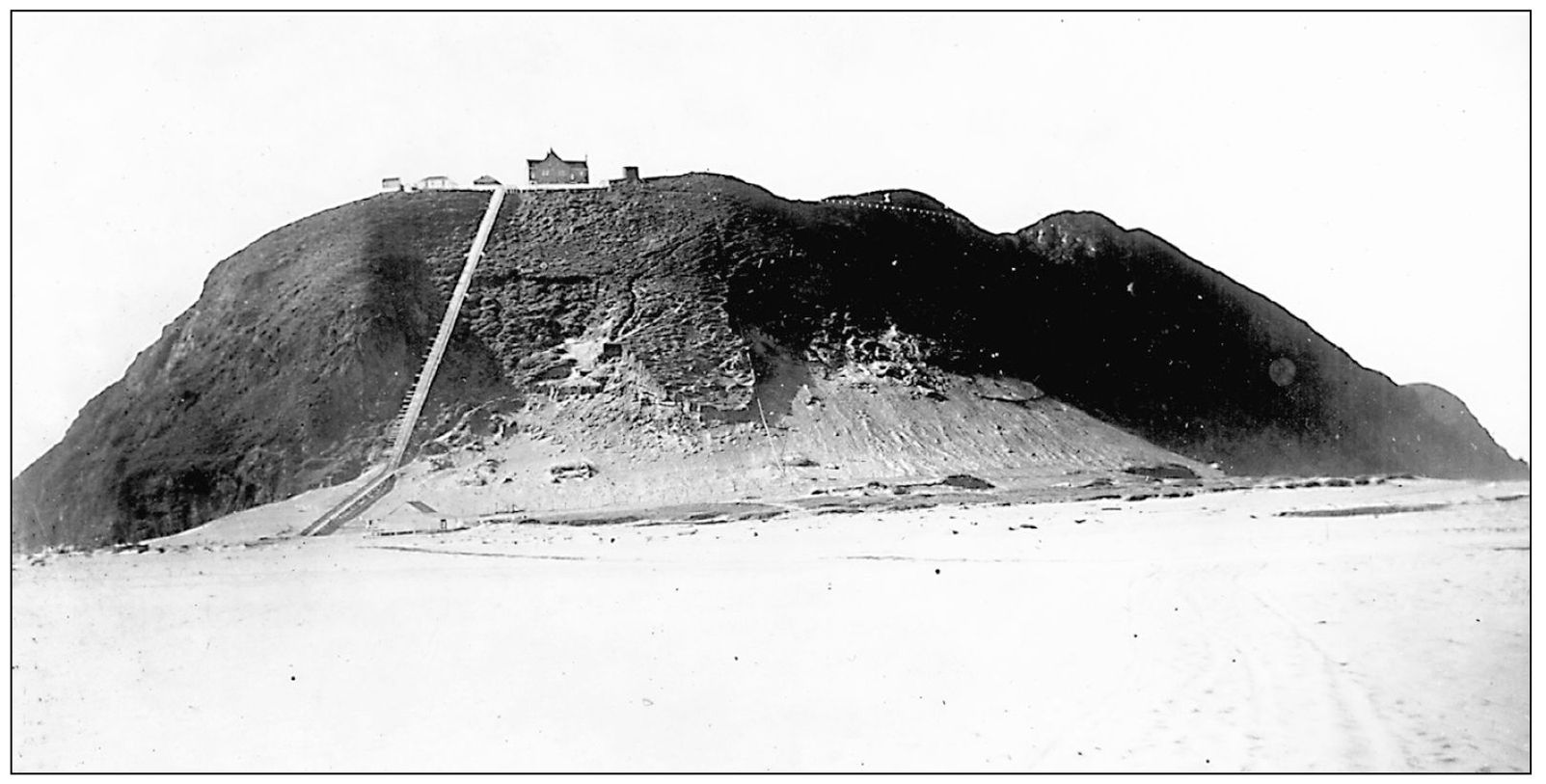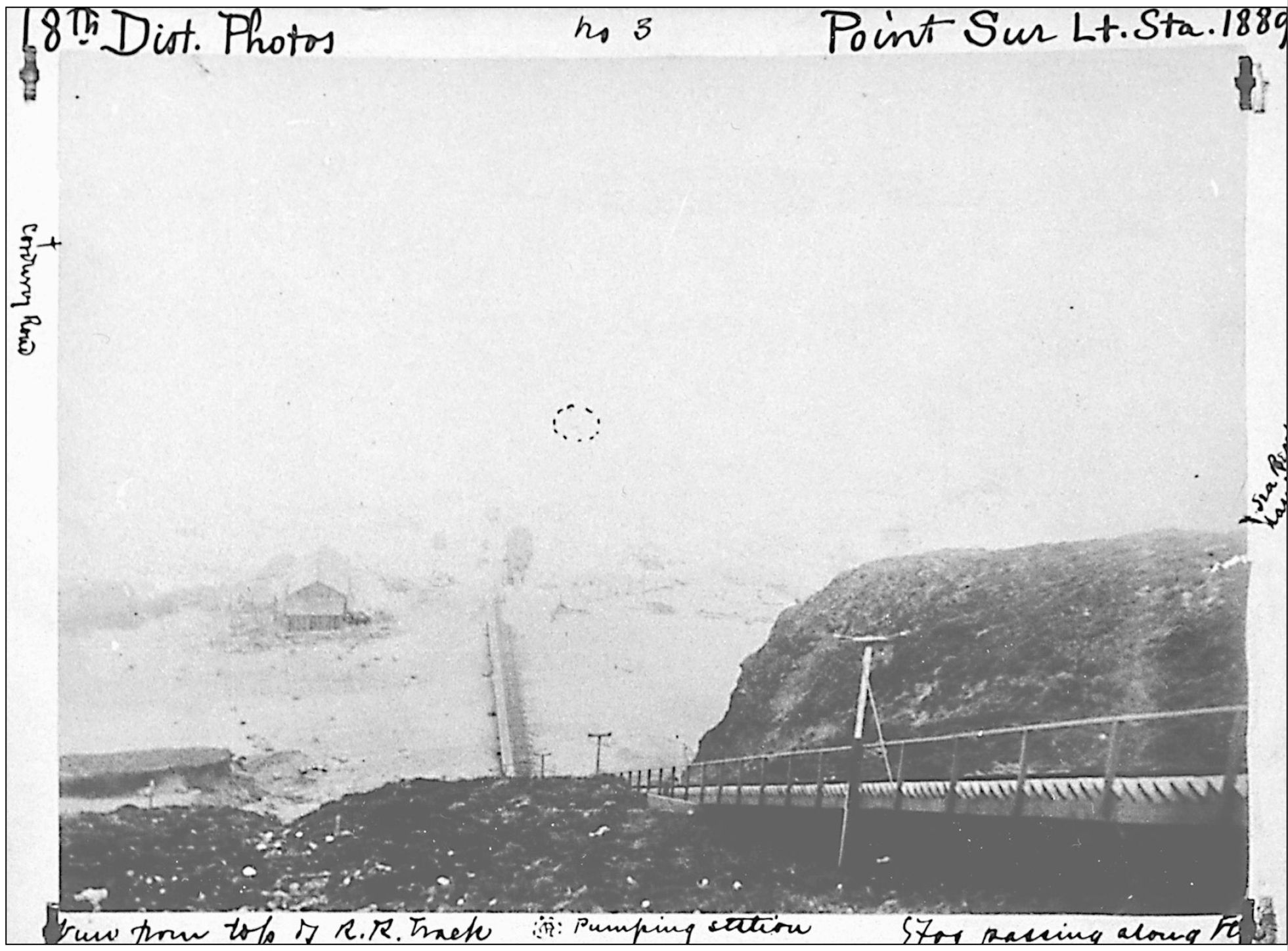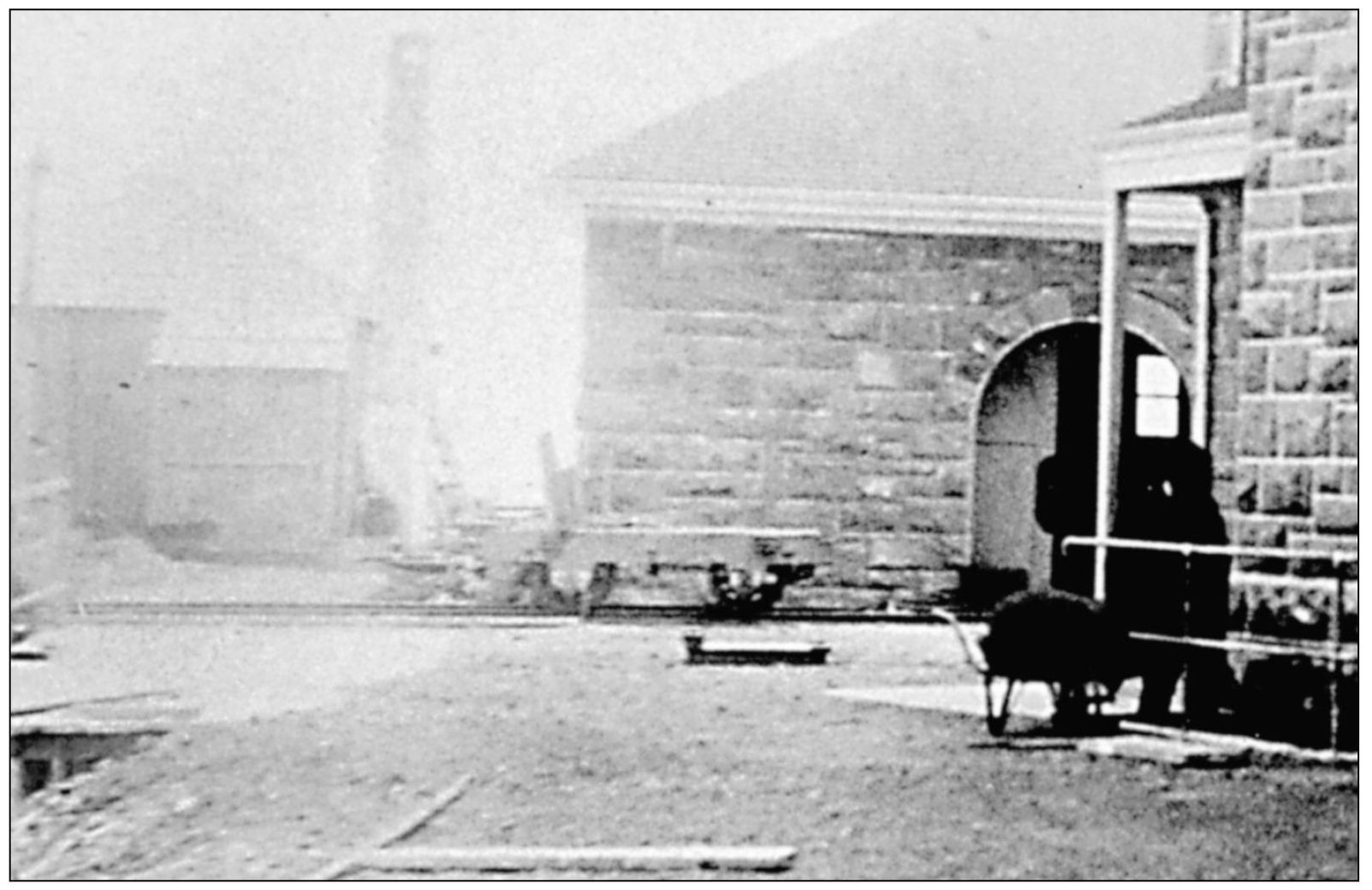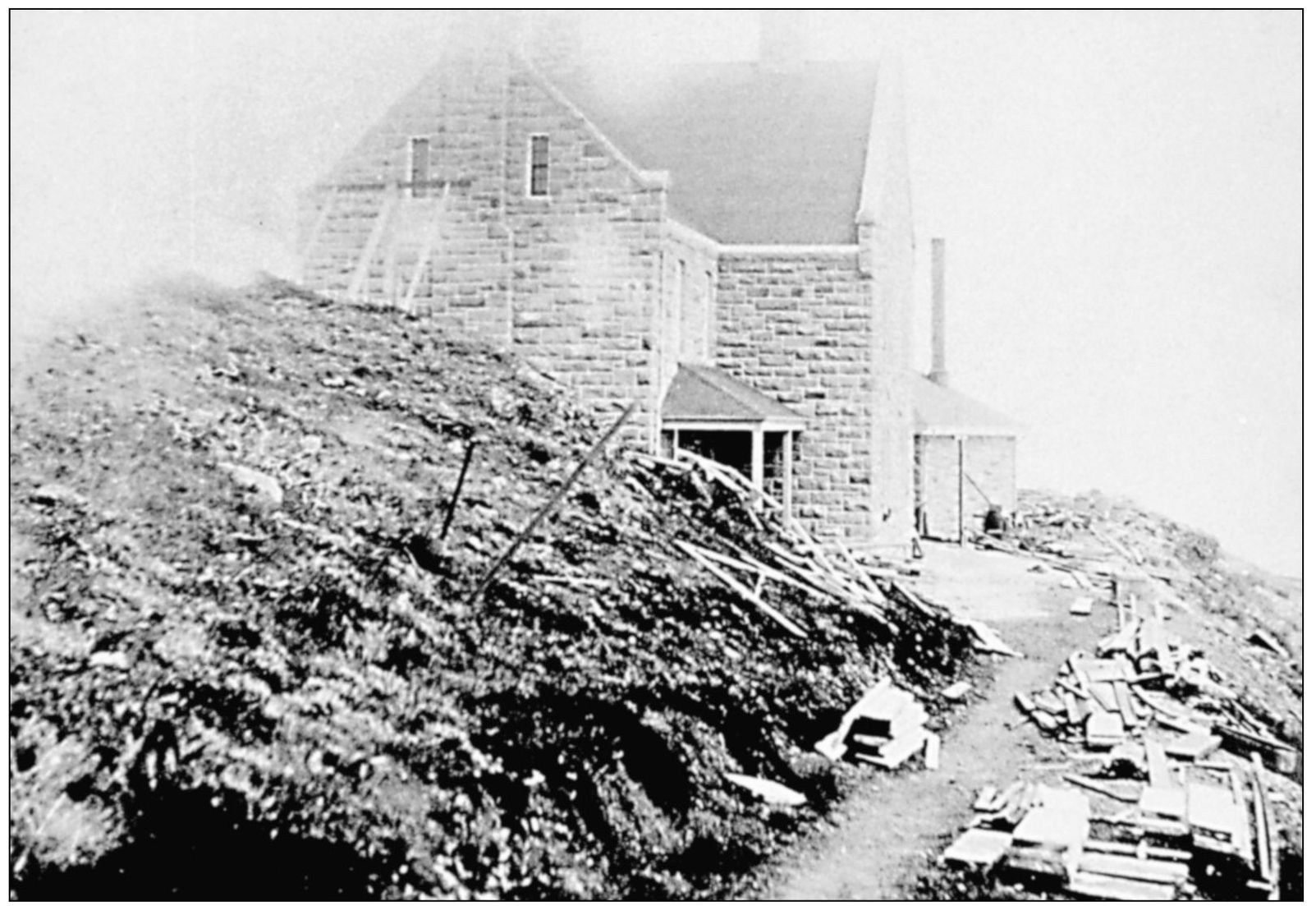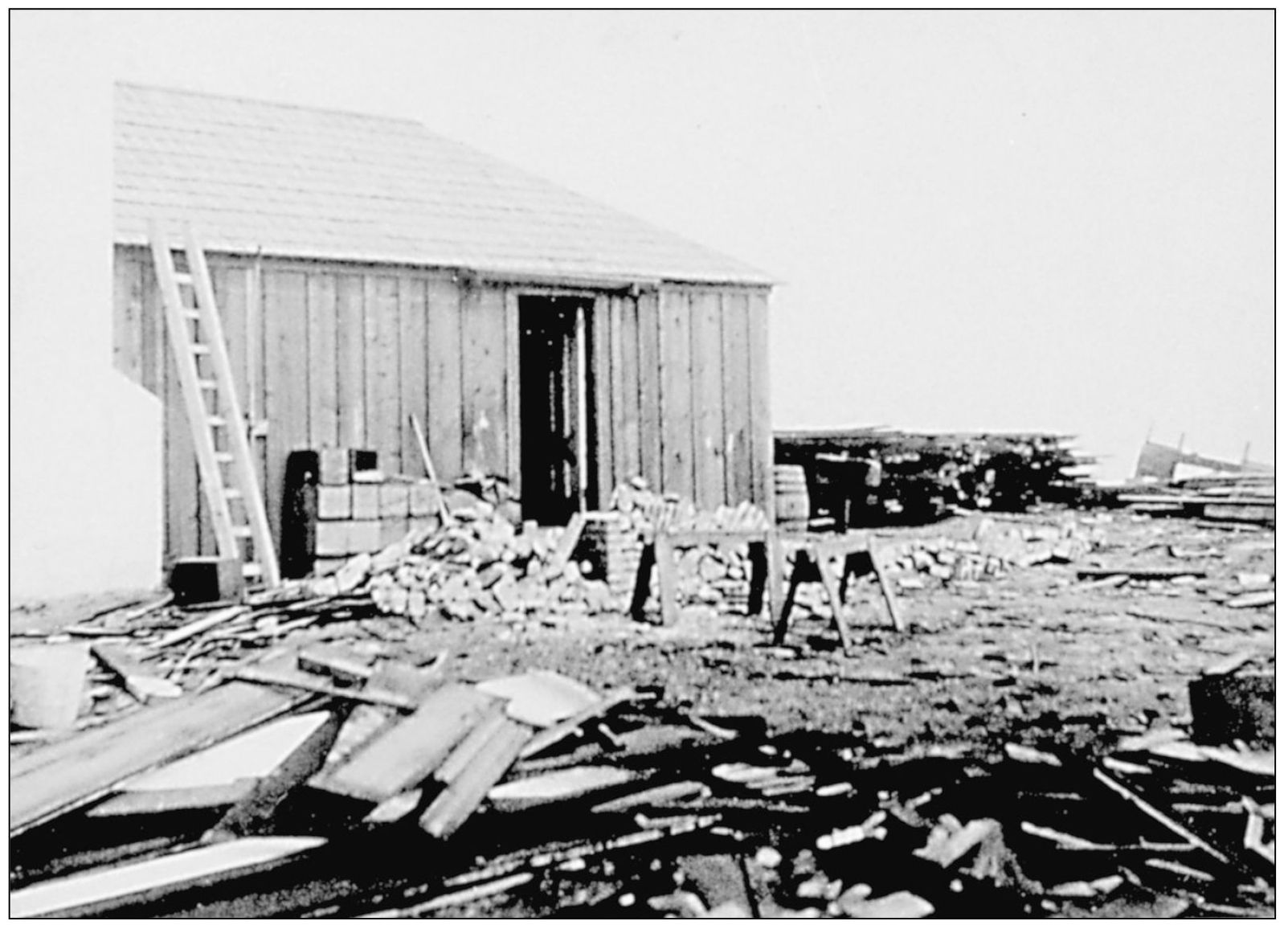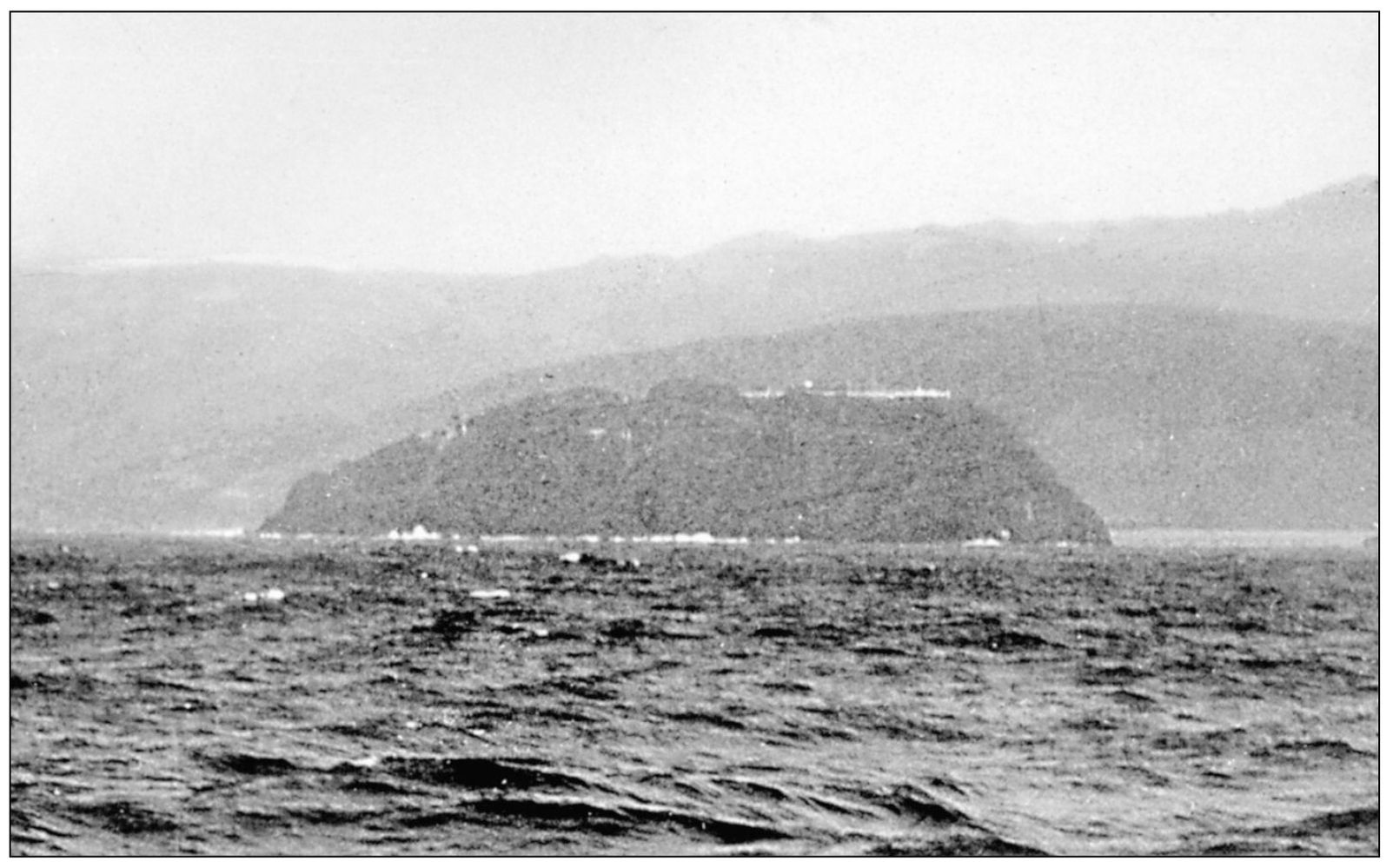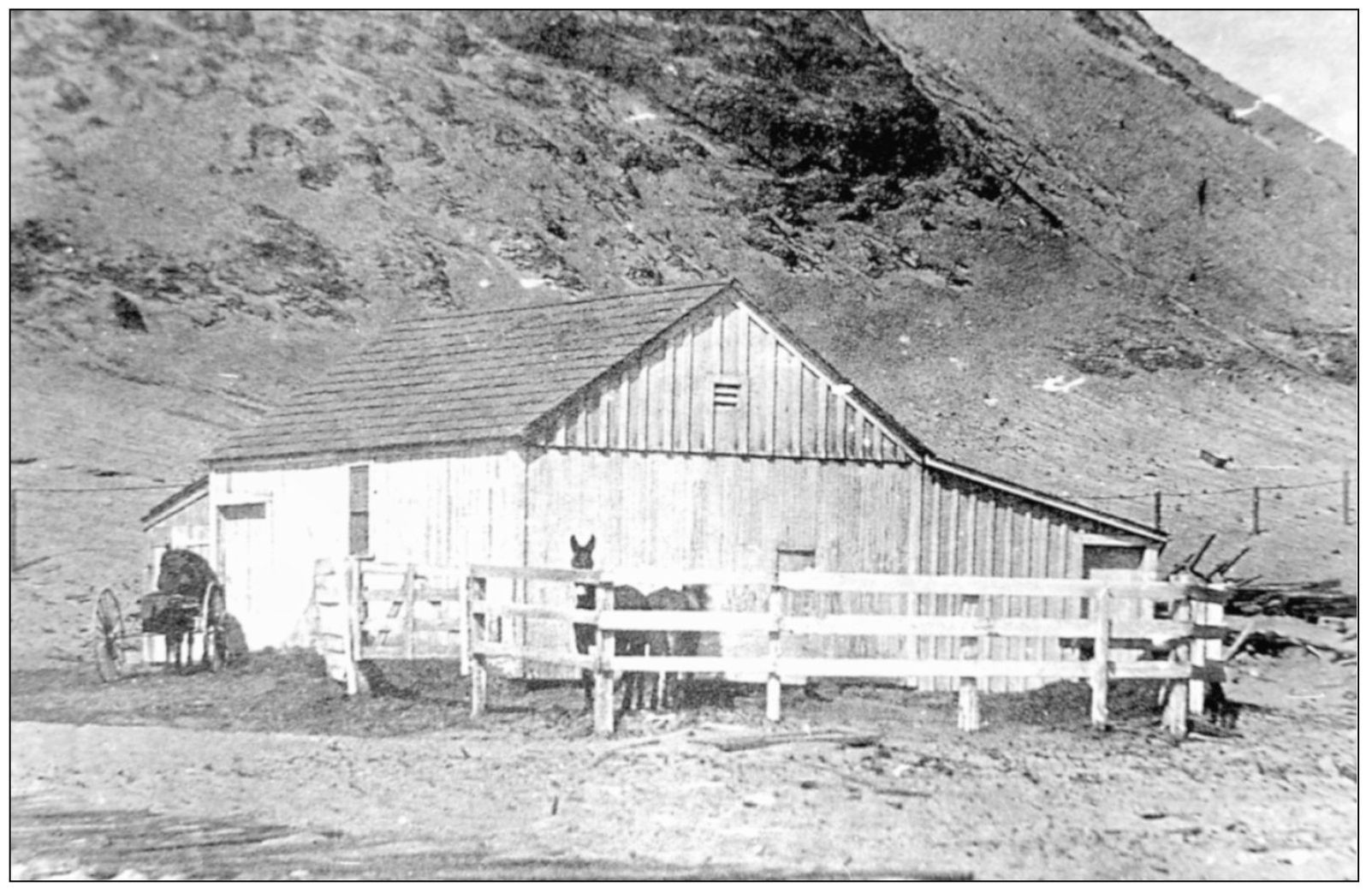Carol ONeil - Point Sur
Here you can read online Carol ONeil - Point Sur full text of the book (entire story) in english for free. Download pdf and epub, get meaning, cover and reviews about this ebook. year: 2003, publisher: Arcadia Publishing Inc., genre: Children. Description of the work, (preface) as well as reviews are available. Best literature library LitArk.com created for fans of good reading and offers a wide selection of genres:
Romance novel
Science fiction
Adventure
Detective
Science
History
Home and family
Prose
Art
Politics
Computer
Non-fiction
Religion
Business
Children
Humor
Choose a favorite category and find really read worthwhile books. Enjoy immersion in the world of imagination, feel the emotions of the characters or learn something new for yourself, make an fascinating discovery.
- Book:Point Sur
- Author:
- Publisher:Arcadia Publishing Inc.
- Genre:
- Year:2003
- Rating:3 / 5
- Favourites:Add to favourites
- Your mark:
Point Sur: summary, description and annotation
We offer to read an annotation, description, summary or preface (depends on what the author of the book "Point Sur" wrote himself). If you haven't found the necessary information about the book — write in the comments, we will try to find it.
Point Sur Lightstation was carved out of solid volcanic rock more than a century ago. When the light was turned on in 1889, no towns or roads were nearby to support the four families that lived atop the giant moro rock located just offshore in Big Sur, California. These vintage images tell the story of Pt. Sur Lightstation with its state-of-the-art lighthouse and fog signal system, and the lightkeepers and their families who kept it operating until 1974. The remote location and treacherous coast were constant adversaries. Today, Pt. Surs lighthouse is automated. The vacant lightstation buildings are a ghost town that reminds us of our proud maritime heritage and the hearty souls who helped light the way.
Carol ONeil: author's other books
Who wrote Point Sur? Find out the surname, the name of the author of the book and a list of all author's works by series.

